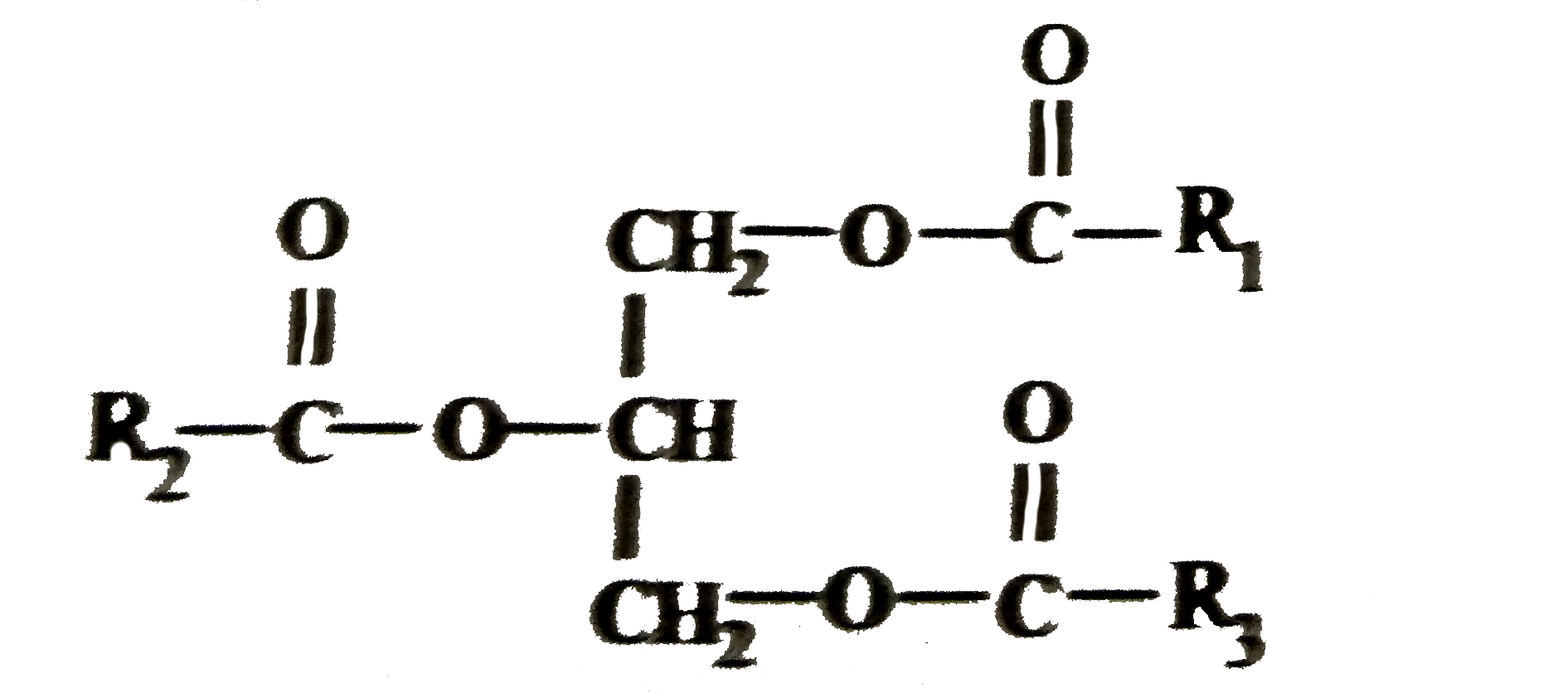Occurrence of similar type of biomolecules in different it group of organisms is called molecular homology. Which of the folowing example does not show molecular homology?
RuBisCO in different plants
Enzymes of Krebs' cycle in organisms
Blood proteins in apes and human
Tendril of Pisum and tendrils of Cucurbita
To determine which example does not show molecular homology, we need to analyze the provided options based on the definition of molecular homology. Molecular homology refers to the occurrence of similar biomolecules in different groups of organisms, where these biomolecules have similar functions but different origins.
1. Understand Molecular Homology:
- Molecular homology occurs when biomolecules (like proteins or enzymes) are similar in function across different organisms but originate from different evolutionary paths.
2. Evaluate the Options:
- Option 1: Rubisco in different plants:
- Rubisco is an enzyme involved in photosynthesis and functions similarly in various plants. This is an example of molecular homology.
- Option 2: Enzymes of Kreb Cycle in organisms:
- The Kreb Cycle is a fundamental metabolic pathway present in many organisms, and its enzymes perform the same function across different species. This is also molecular homology.
- Option 3: Blood proteins in apes and humans:
- The blood proteins in apes and humans are highly similar (99% identical) and serve the same function, indicating molecular homology.
- Option 4: Tendrils of Pisum and Tendrils of Cucurbita:
- The tendrils of these two plants serve the same function (climbing) but are structurally different and have different evolutionary origins. This is an example of morphological homology, not molecular homology.
3. Conclusion:
- The example that does not show molecular homology is Option 4: Tendrils of Pisum and Tendrils of Cucurbita.
Final Answer:
The example that does not show molecular homology is Option 4: Tendrils of Pisum and Tendrils of Cucurbita.
---
- Molecular homology occurs when biomolecules (like proteins or enzymes) are similar in function across different organisms but originate from different evolutionary paths.
- Option 1: Rubisco in different plants:
- Rubisco is an enzyme involved in photosynthesis and functions similarly in various plants. This is an example of molecular homology.
- Option 2: Enzymes of Kreb Cycle in organisms:
- The Kreb Cycle is a fundamental metabolic pathway present in many organisms, and its enzymes perform the same function across different species. This is also molecular homology.
- Option 3: Blood proteins in apes and humans:
- The blood proteins in apes and humans are highly similar (99% identical) and serve the same function, indicating molecular homology.
- Option 4: Tendrils of Pisum and Tendrils of Cucurbita:
- The tendrils of these two plants serve the same function (climbing) but are structurally different and have different evolutionary origins. This is an example of morphological homology, not molecular homology.
- The example that does not show molecular homology is Option 4: Tendrils of Pisum and Tendrils of Cucurbita.
The example that does not show molecular homology is Option 4: Tendrils of Pisum and Tendrils of Cucurbita.
Topper's Solved these Questions
Similar Questions
Knowledge Check
Which of the following is not an example of homologous organ?
AVertebrate hearts or brainsBThorns of Bougainvillea and tendrils of CucurbitaCLeg of Cheetah, and flipper of whaleDEye of octopus and of mammalsWhich of the following organism does not follow the central dogma of molecular biology ?
AMucorBChlamydomonasCBacteriaDHIVWhich of the following constitutes an example of Homologous organs ?
AWings of bat and wings of butterflyBForelimbs of horse and wings of batCEyes of insects and eyes of manDLegs of cockroach and hindlegs of frog
Which one of the following is the correct example of homologous organs ?
View SolutionAssertion: The study of biomolecules is called Molecular biology.
Reason: Cell is a type of molecule.
View SolutionWhich of the following examples can be considered as homologous organs or examples of homology ?
View SolutionA homologous series is a series of organic compounds which belong to the same family i.e., possess same functional group) and show similar chemical properties. The members of this series are called homologous and differ from each other by the number of CH2, units in the main carbon chain.
Which of the following is not the property of a homologous series ?
View SolutionThe general molecular formula which represents the homologous series of alkanols is
View Solution

